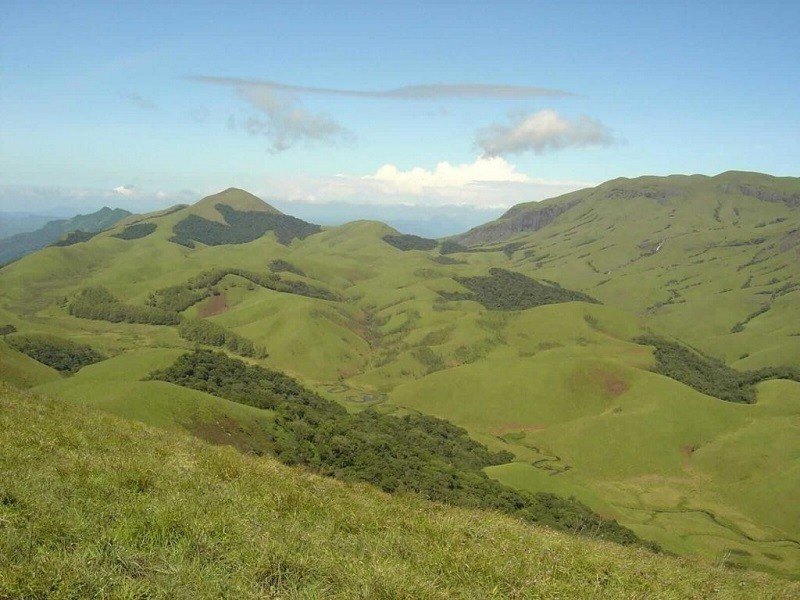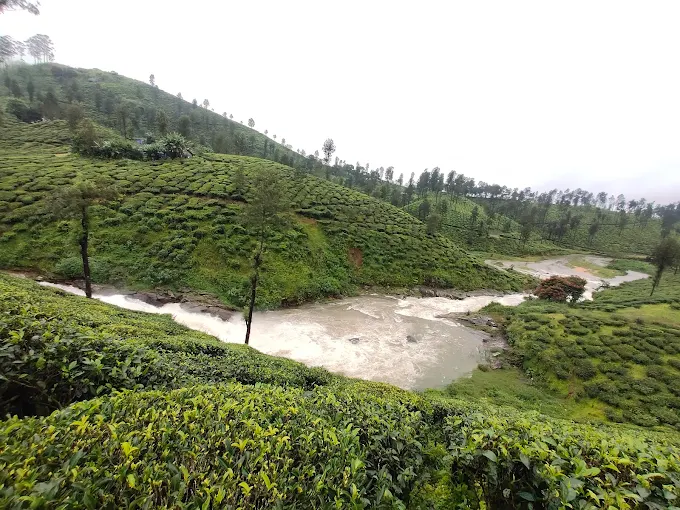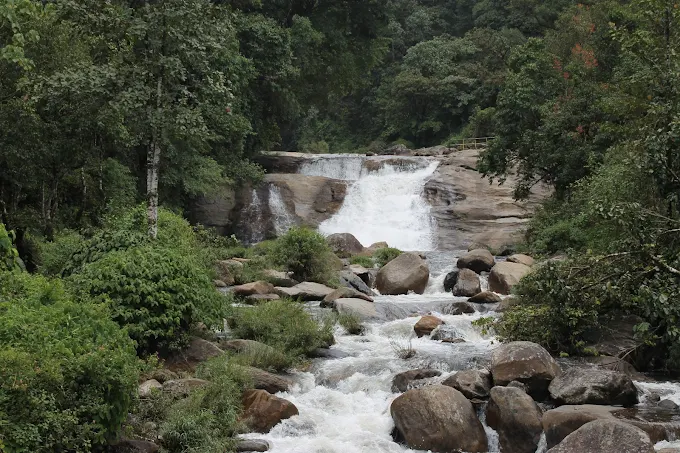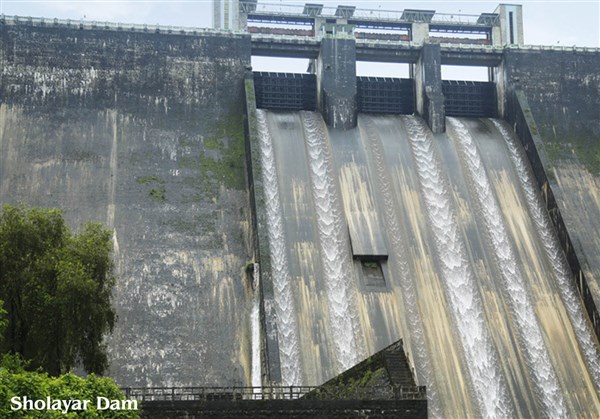Tucked deep within the misty folds of the Anamalai Hills in Tamil Nadu lies a mysterious and breathtakingly beautiful grassland — Akkamalai Pul Medu. Often overshadowed by its more accessible cousins like Top Slip or Valparai town, Akkamalai Pul Medu is a pristine high-altitude plateau that very few get to see. With rolling grasslands stretching as far as the eye can see, bordered by dense shola forests and secret wildlife paths, this landscape remains one of the least disturbed ecological zones in South India.
Akkamalai Pul Medu — literally translating to "Grass Hill of Akkamalai" — is not just a scenic destination; it's a protected ecosystem rich in biodiversity, heritage, and hydrological importance. For those seeking serenity, mystery, and an encounter with untamed nature, this region offers something unforgettable.
Where is Akkamalai Pul Medu?
Akkamalai Pul Medu is located within the Anamalai Tiger Reserve, a protected region in Coimbatore district, Tamil Nadu. It lies about 16–20 km from Valparai, the nearest hill station and township. Valparai itself is about 100 km from Coimbatore city and reachable via a thrilling drive through the ghat roads dotted with 40 hairpin bends and tea estates.
Geographically, this region borders Kerala's Eravikulam National Park, forming part of the Western Ghats biosphere, a UNESCO World Heritage site known for its ecological diversity and endemic species.
The Landscape and Ecological Significance
The defining feature of Akkamalai Pul Medu is its expansive montane grassland ecosystem, one of the few surviving tracts in the southern Western Ghats. Spanning over 9,500 acres, the hills here are covered in thick grass — locally known as pul — which can grow over 5 feet high in some areas.
These grasslands are not just beautiful; they are vital for water retention, acting like natural sponges that collect, hold, and slowly release water into the valleys below. The area is part of the headwaters of the Aliyar and Sholayar rivers, making it essential to the local hydrological cycle.
Mixed in with the grasslands are shola forests, which are isolated evergreen patches rich in plant and animal life. These "islands of green" amidst the grassy sea host endemic birds, butterflies, reptiles, and mammals, some found nowhere else in the world.
Flora and Fauna
Akkamalai Pul Medu and the surrounding Anamalai region are a hotspot of biodiversity. The transition zone between shola forests and open grassland is ideal for a range of wildlife.
Notable Fauna Includes:
- Nilgiri Tahr (endangered mountain goat species)
- Indian Gaur (bison)
- Sloth bear
- Leopards and jungle cats
- Lion-tailed macaques (rare and endemic)
- Malabar whistling thrush, Nilgiri flycatcher, grey-headed bulbul
Flora Highlights:
- Kurinji flowers (which bloom once every 12 years)
- Rhododendrons
- Shola tree species like Syzygium, Michelia
- Medicinal herbs and native grasses
During the post-monsoon months, the landscape comes alive with flowering grasses, dragonflies, and vibrant colors under dramatic skies — a treat for nature photographers, ecologists, and botanists alike.
Can You Visit Akkamalai Pul Medu?
Short Answer: Not freely.
Akkamalai Pul Medu lies within the core zone of the Anamalai Tiger Reserve and is not open to the general public for casual tourism. However, limited eco-tourism and trekking access may be granted under strict regulation and with prior written permission from the Forest Department at Pollachi.
Only guided visits with a certified forest ranger or approved eco-tour operator are permitted. No overnight stays are allowed within the core zone, and all visits are subject to weather, wildlife activity, and conservation regulations.
How to Get There
Nearest Access Point:
- Valparai, a peaceful hill station with colonial tea estates, is the main base camp for any access toward Akkamalai.
From Valparai:
- Travel via Athirapally Road, crossing estate roads and forest checkpoints to reach permitted trailheads.
- The trek to Pul Medu generally starts from restricted forest access points, only accessible with forest approval.
Nearest Major Cities:
- Coimbatore: 100 km
- Pollachi: 65 km
- Cochin International Airport: 124 km
Public Transport Options
If you're a budget traveler or prefer public transportation, Valparai is well connected by TNSTC (Tamil Nadu State Transport Corporation) buses from major nearby towns.
TNSTC Government Buses to Valparai
| Route | Departure Point | Frequency | Approx Duration |
|---|---|---|---|
| Coimbatore → Valparai | Ukkadam Bus Stand | Every 1 to 2 hours | ~4–5 hours |
| Pollachi → Valparai | Pollachi New Bus Stand | Every 30–45 minutes | ~3.5 hours |
| Udumalpet → Valparai | Udumalpet Bus Stand | Limited daily services | ~5 hours |
| Palakkad → Valparai | Palakkad Bus Stand | Few services via Pollachi | ~5 hours |
KSRTC Buses (From Kerala)
- Chalakudy / Thrissur → Valparai: Via Athirapally route (limited, seasonal access)
- Suitable for travelers coming from Kochi, Ernakulam, or Central Kerala
Tips for Bus Travel:
- Best to board morning buses for safe daytime arrival in Valparai
- Seating fills quickly, especially on weekends and holidays
- Monsoon may cause delays or limited services through forest routes
When to Visit
The best time to experience the region — or plan a permitted trek — is during:
- January to May (dry and sunny, safe trekking conditions)
- October to December (clear post-monsoon skies, floral growth)
Avoid June to September, as this is the monsoon period — trails become slippery, visibility drops, and forest access is often restricted.
Travel Tips and Responsible Behavior
- Obtain written permission from the Forest Department before attempting a visit
- Travel in small, guided groups only
- No plastic — pack reusable water bottles and carry your waste back
- Wear neutral-colored clothing, sturdy shoes, and leech socks
- Stick to marked paths, avoid loud noises, and respect wildlife
Nearby Attractions
Even if access to Akkamalai Pul Medu is not granted, the Valparai region offers plenty of beautiful and eco-rich alternatives:
- Nallamudi Viewpoint: Famous for its dramatic drop and cliff views
- Loam’s Viewpoint: Overlooks the Aliyar Dam and surrounding forest
- Sholayar Dam: Asia’s second-largest masonry dam
- Balaji Temple: Located in a serene tea estate setting
- Tea Factory Walks: Learn about colonial-era plantation history
Conclusion
Akkamalai Pul Medu is not your typical tourist spot. It’s a quiet, protected realm where the wind writes stories across the grass, and nature still follows her own slow rhythm. It is a treasure not for the masses, but for the mindful — the nature-lover, the conservationist, the soul-searcher.
Even if you only witness its beauty from a distance, your journey into the Anamalai hills will give you more than you expect: peace, perspective, and the wild breath of the Western Ghats.





